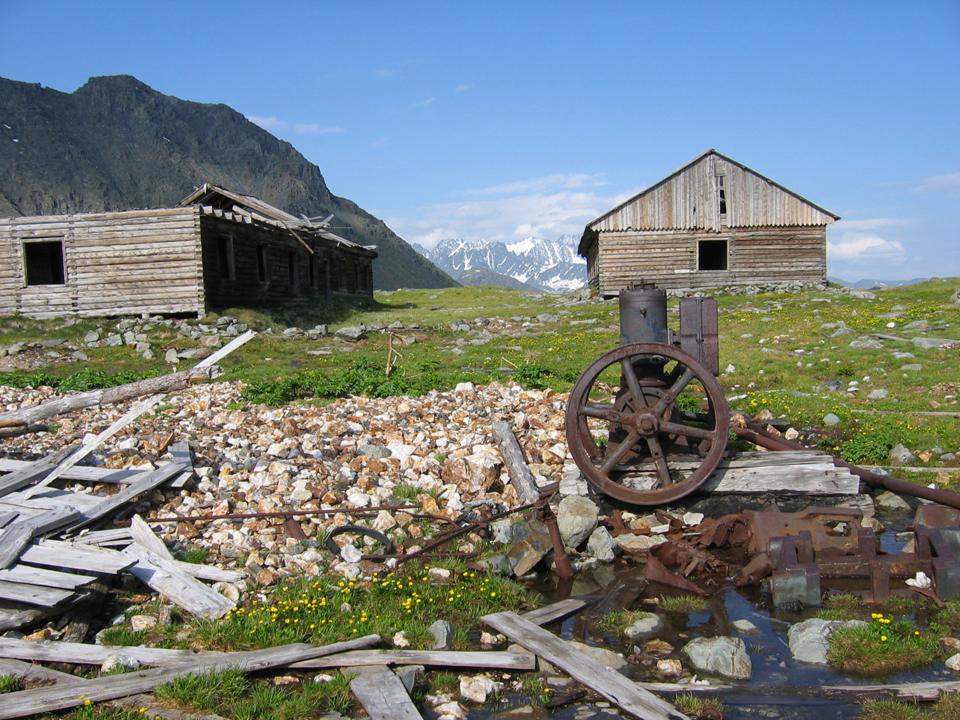Katon-Karagai National Park
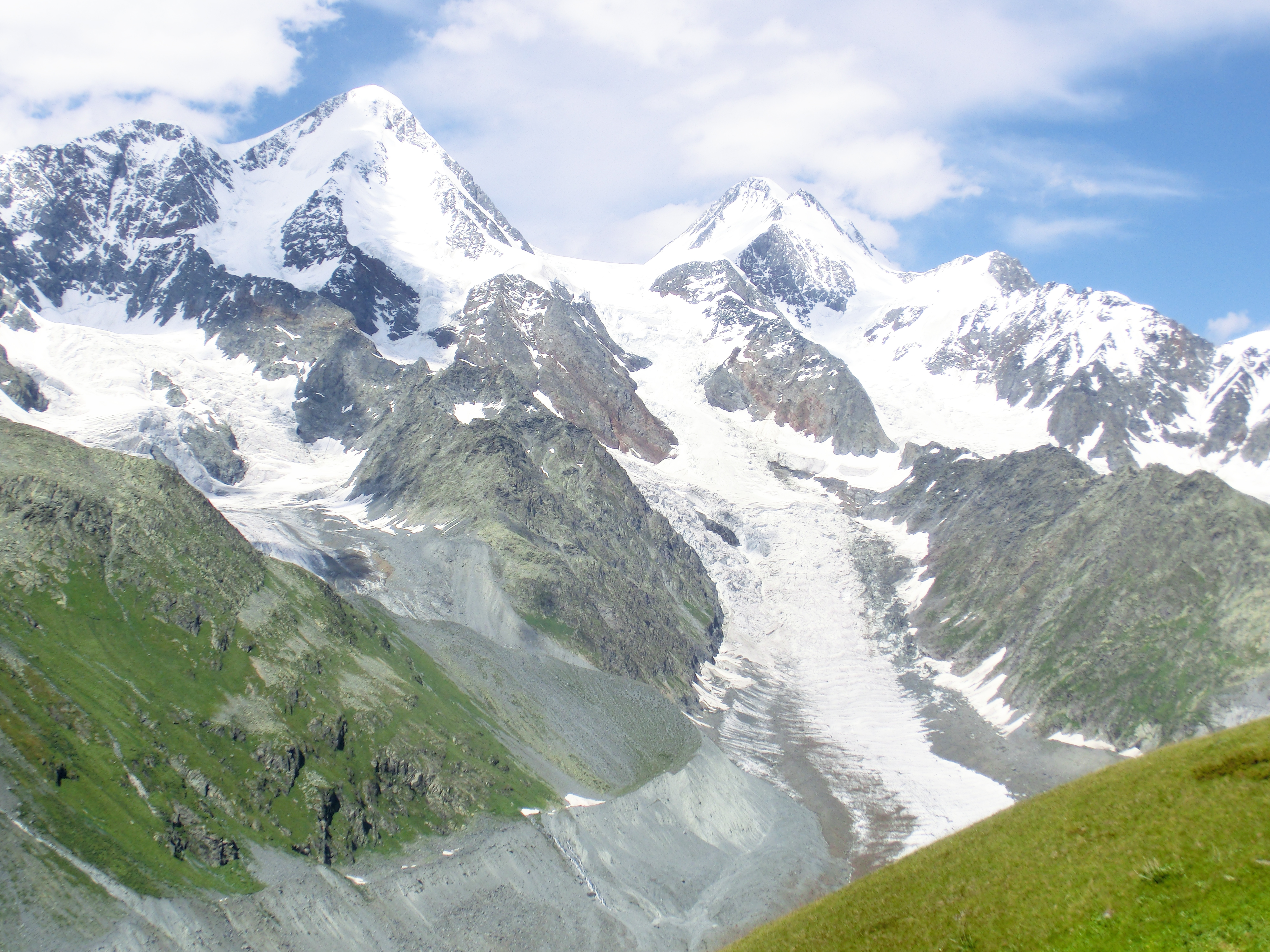
BACKGROUND INFORMATION
About Park
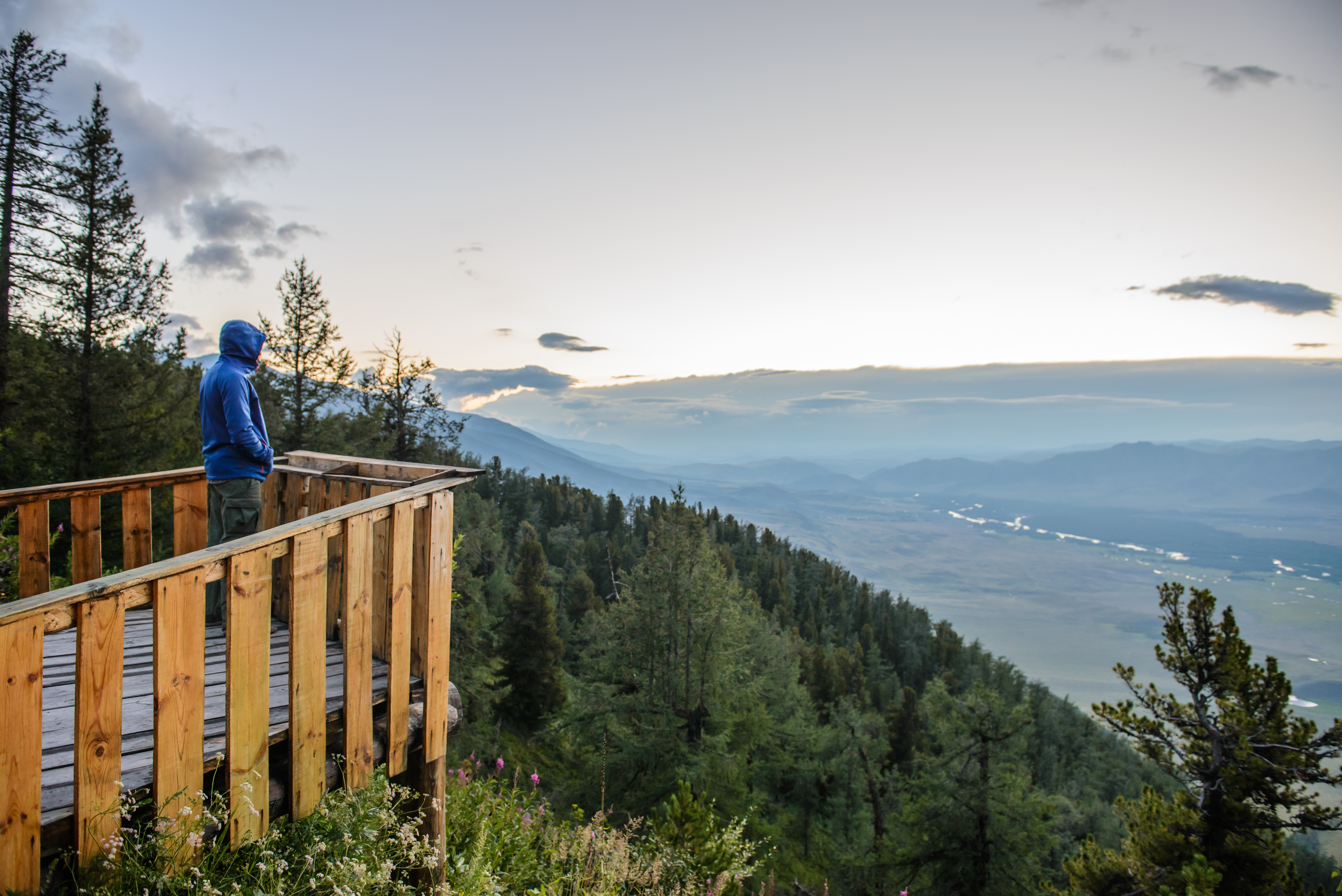
| Katon-Karagai State National Natural Park (in Kazakh Катонқарағай мемлекеттік ұлттық табиғи паркі) is a national park in the Katon—Karagai district of East Kazakhstan region within the Central Altai and South Altai physical geographical provinces. The territory of the national park became part of the Kazakhstani part of the Altai-Sayan ecoregion. It was formed according to Decree of the Government of the Republic of Kazakhstan No.970 of July 17, 2001. This is the largest national park in Kazakhstan. In 2014, the park was included in the UNESCO list of specially protected heritage. |
Location
East Kazakhstan region.
49.10″ N. 85.36″ E.
49.10″ N. 85.36″ E.
Geography
| East Kazakhstan region, Katon-Karagai district. The Katon-Karagai State National Natural Park (KKSNNP) includes: the southern macrosclines of the Listvyaga and Katunsky ridges (the southern and eastern slopes of the Belukha Mountain node), the western part of the Ukok high-altitude plateau within Kazakhstan, the Southern Altai, Tarbagatai (Altai) and Sarymsakty ridges. The following park boundaries have been established: In the north and east: borders with Russia (Altai Republic); In the southeast: the border of the park runs through the territory of the Katon-Karagai district; In the west: the border runs along the Farpusnaya River (Shurshutsu) to Belkaragai (Medvedka) and Soldatovo villages. In the south: the border runs along the northern slopes of Southern Altai ridges: Sarymsakty, Altai Tarbagatai, along the border of the Muz-Belskaya forest dacha of the Shingistai forestry and along the administrative border of the Katon-Karagai and Kurchum districts. |
Flora
| A rich species diversity of flora and fauna is concentrated here and the species listed in the Red Book of Kazakhstan have been preserved. According to preliminary data, over 1000 species of higher vascular plants grow in the park. 30 species are listed in the Red Book: Snowdon rose, safflower-shaped rhaponticum (Rhaponticum carthamoides), Altai rhubarb (Rheum altaicum), snow springhare (Macropodium nivale), Altan sibirea (Sibiraea altaiensis), Ludwig iris (Iris ludwigii), etc. |
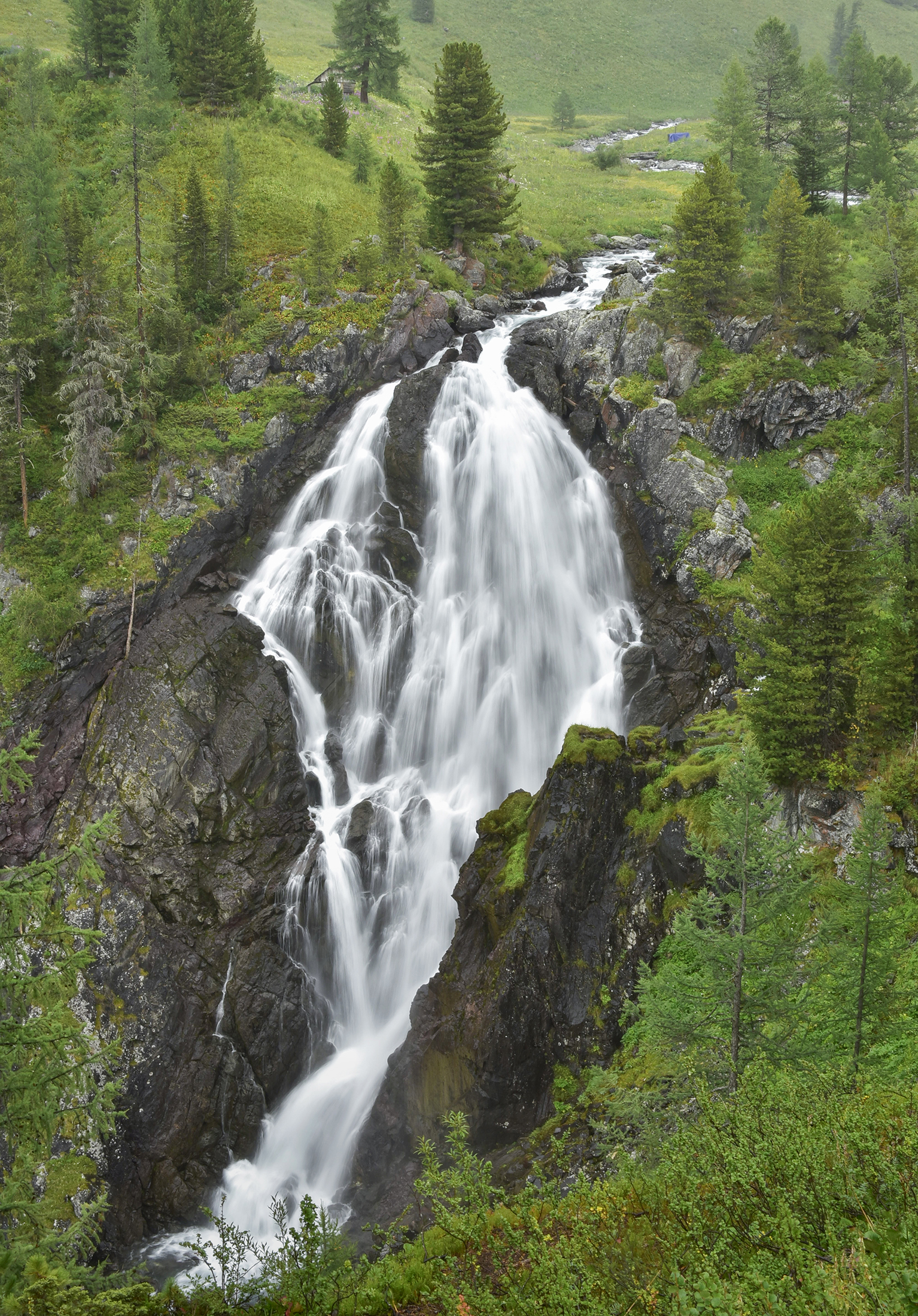
Fauna
| It is represented by 363 species of vertebrates: bony fish (6), amphibians (2), reptiles (6), birds (284), mammals (65). Taimen, Altai snowcock, black stork, gray crane and demoiselle, steppe eagle, osprey, saker falcon, duck hawk, white-winged scoter, snow leopard, stone marten are listed in the Red Book. |
Climate
The climate of the alpine and mountain-forest zone is very humid, moderately cold, sometimes very cold. In the northern half of the zone, 550-560 mm of precipitation falls per year. The July maximum precipitation is well expressed. The average monthly wind speed for the year is 1.7 m/sec. The number of days with a strong wind in a year is 7, and with a dust storm — 10 days.
Photo gallery
Contacts
General questions
Expedition, events
Interaction with Media
Legal information
ACCESSION QUESTIONARY
Individual
Status (on the procedure of accession to members and membership in the RPA in PDF format)
Legal entity
Status (on the procedure of accession to members and membership in the RPA in PDF format)

Спасибо!
Ваша заявка успешно отправлена
Мы свяжемся с вами в ближайшее время
Submit a work to the “My Kazakhstan” contest

Спасибо!
Ваше фото успешно отправлено
Ожидайте выбора победителей!

Спасибо!
Ваш заказ успешно отправлен
Мы свяжемся с вами в ближайшее время

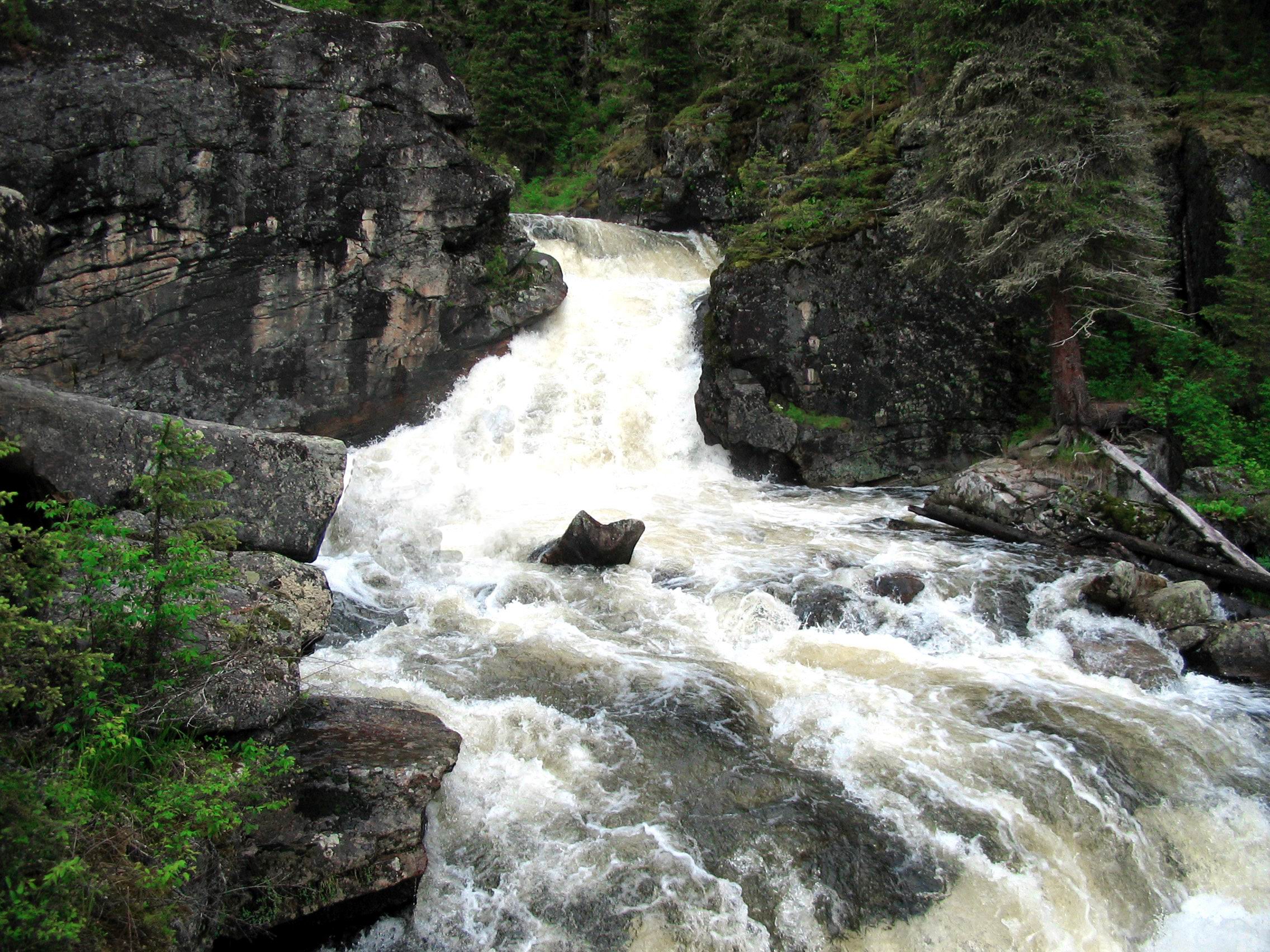
 1 °С
1 °С
 -13…-18 °С
-13…-18 °С
 550—560 mm
550—560 mm
 +15…+17 °С
+15…+17 °С
 1,7 m/s
1,7 m/s

